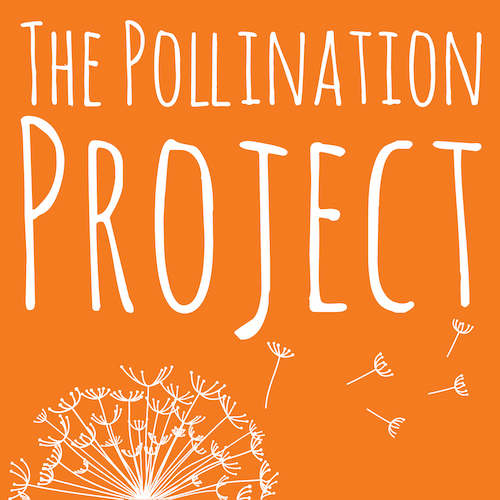“May the rivers of wealth be undammed and flow freely over the earth. May the gifts move through increased hands until all people experience the abundance of life.” -Marion Weber
One of my colleagues, Carolyn, recently shared that in college, she worked for a mail-order natural foods company owned by a visionary entrepreneur. One day, a single father of three called to place an order, but couldn’t afford everything he needed. Hearing the situation, her boss said something profound: “Give him two of everything he wants. One for his family, and an extra so he can also know the joy of giving.”
This simple act of kindness is one that Carolyn still recalls with a smile, decades later. A similar thing happens often at The Pollination Project. We call it “flow funding.”
To understand flow funding, it first helps to know who makes our funding decisions. Each application we receive is reviewed by at least three “advisors,” which is our term for members of our participatory grantmaking team.
The majority of these 100+ volunteers are changemakers whose own work was funded by The Pollination Project in the past. You can read more about this diverse team of individuals here.
For every ten dockets (our term for a grouping of applications based on focus area) an advisor reviews, they access $1,000 in flow funding to freely give as they wish. The idea of “flow funding” was pioneered by Marion Weber, who envisioned a kind of giving that happened in community rather than isolation, democratized philanthropy, and came from a place of trust and openness. She also found it to be more heartfelt, fun, and adventurous, where her experience in traditional funding had felt like a burden.
No one at The Pollination Project has had more experience with flow funding than Jennie Kay. A longtime advisor, she has used her flow funding to support worthy but off-radar projects, like a program providing homeless people with backpacks full of vital supplies, and a mobile black history museum. Her largest flow fund gift, given in recognition of the thousandth application she reviewed, was to a program that helps justice-involved people reenter the community of Davidson County, North Carolina.
Taken together, participatory grantmaking and flow funding do something powerful. They make it possible to share financial wealth, but also the empowerment, based on trust and relationship, to decide where that wealth should flow. Generosity expands from a one-to-one relationship between giver and receiver, to a many-to-many approach that pollinates kindness abundantly.


